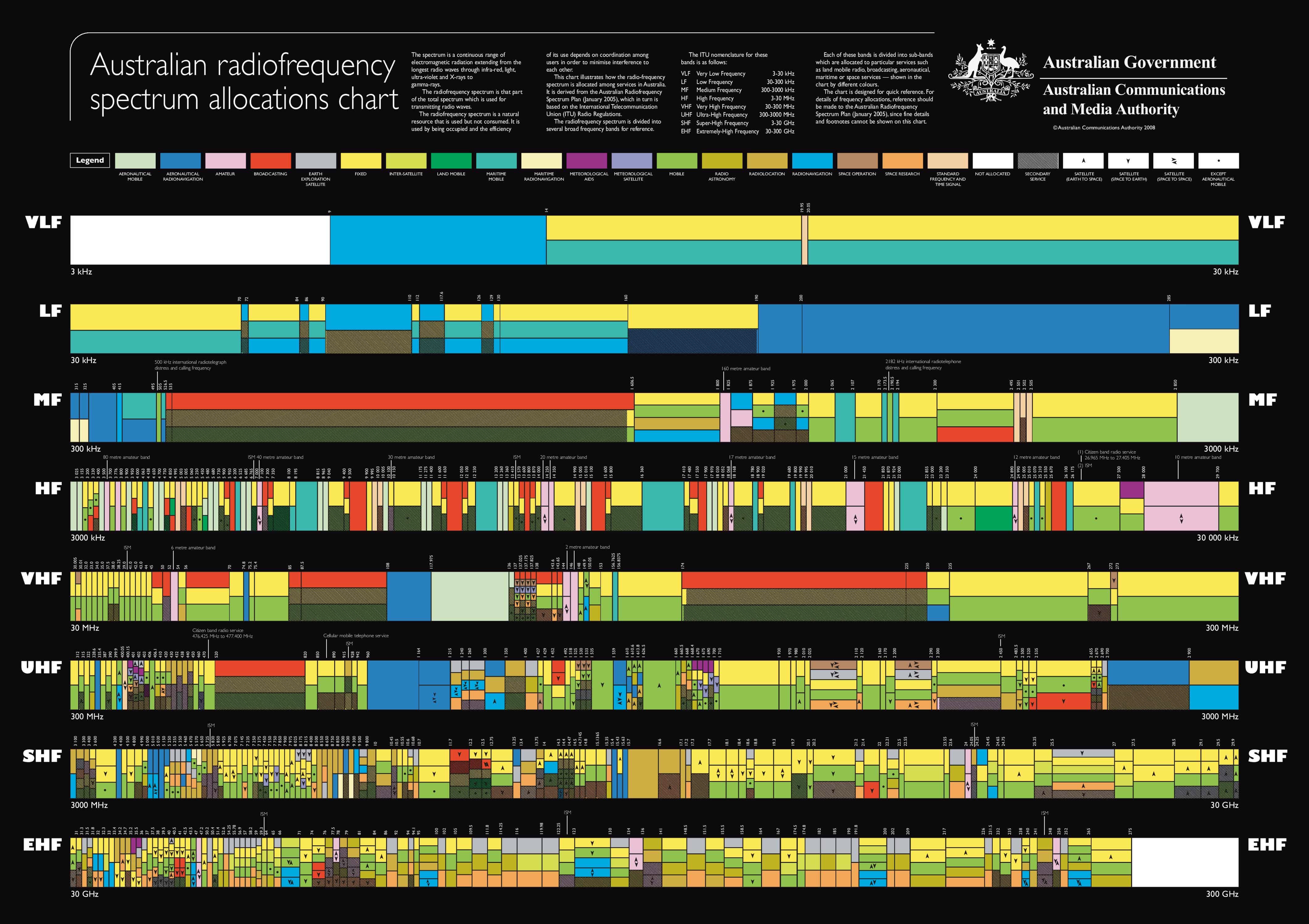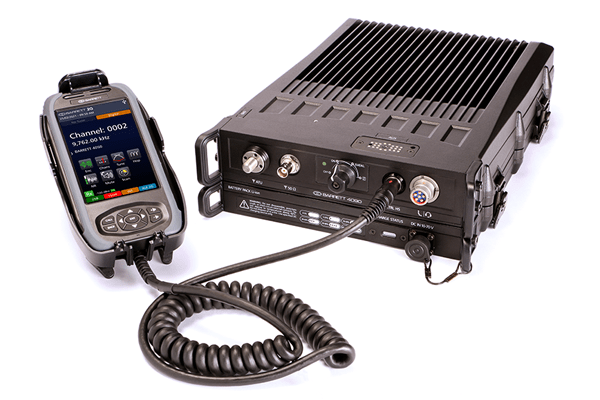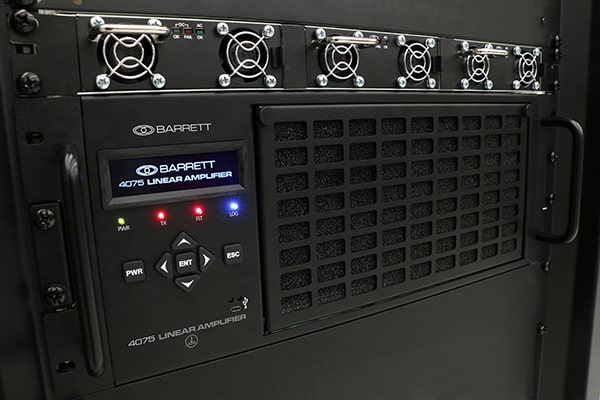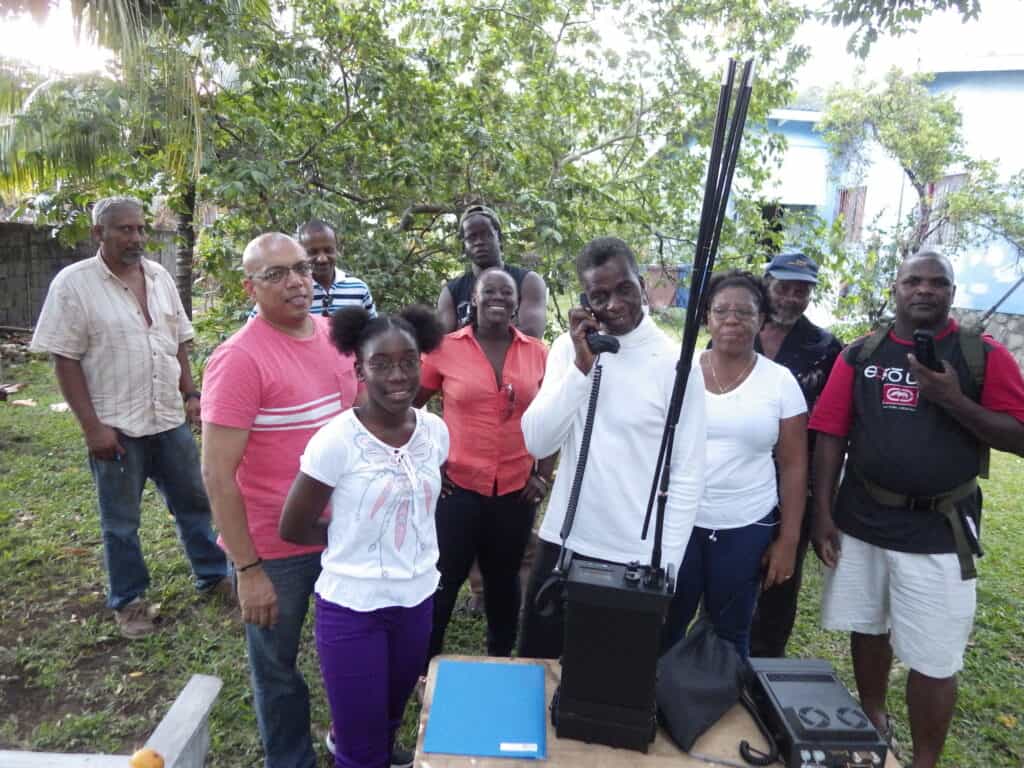Antenna Series Part 2: Making sense of the radio frequency spectrum system
Antenna Series Part 2: Making sense of the radio frequency spectrum system

How to make sense of the radio frequency spectrum and its chart.
For part 2 of our series on antennas, we’ll help you understand the radio frequency spectrum system and the radio frequency chart.
What is the radio frequency spectrum system?
It’s key to first define the frequency spectrum and radio frequency bands.
The radio frequency spectrum is a section of the electromagnetic spectrum. The latter categorises the entire range of electromagnetic radiation waves. The higher end is where long and innocuous radio waves sit, whereas the other extreme includes the ultra-short and harmful gamma rays.
Radio frequency bands, which is a term usually used to describe the radio frequency spectrum for telecommunications purposes, describe a specific range between two levels of frequency. For example, FM radio frequencies have different wavelengths than AM radio.
Who decides all this?
The most recent Australian Radiofrequency Spectrum Plan was created by the Australian Communications and Media Authority (ACMA) in 2021. The purpose of this document is to be a federally-recognised allocation of all the frequency bands that make up the radio spectrum. You can read the plan here.
Anyone in Australia who wants a piece of the radio frequency spectrum must follow the rules laid out by the plan. Which part you’re allocated depends on what you want to do.
How to read the chart
The chart is divided into radio frequency bands, from very low frequency (VLF) to extremely high frequency (EHF). VLF is 3-30 kHz, or kilohertz. EHF goes up to 30-300 GHz. This is measured in gigahertz.
Using VLF as an example, take a look at the intended applications, which are color-coded on the chart found here: Allocation Chart. The far left end of VLF is unused. Reading from left to right, you can see a blue bar after that. Match it to the code above and you’ll see that this band is used for aeronautical navigation. The other two big bars are for “Fixed” and “Maritime mobile,” with a small slice intended for “Standard frequency and time signal.”
This is radio frequency spectrum 101
The radio frequency spectrum system can look intimidating at first glance, but once you understand the basics, it can be navigated with ease. Stay tuned in for part 3 of this series.







